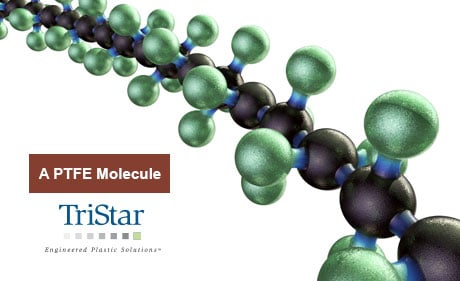1 min read

To save time and postage, please sign up for customer paperless invoicing, payments, and vendor payments.
Customers click here
Vendors click here

A recent customer visit found us reviewing the attributes of amorphous vs. crystalline polymers. I thought I’d share the information as a good refresher on polymers and PTFE.
So what are the key attributes of crystalline vs. amorphous polymers?
Crystallinity is one of the key properties of all polymers. Crystalline polymers are nearly linear in structure, which tends to be flexible and fold up to form tightly and packed. Processing time and temperature greatly influence the degree of crystallinity. These polymers have a higher level of shrinkage, are generally opaque or translucent, possess excellent chemical resistance, low friction, and superior wear resistance.
Conversely, amorphous polymers have low shrinkage, good transparency, gradual softening when heated (no distinct melting point), average or poor chemical resistance, high friction, and low wear resistance.
Here are some common materials of each:
Crystalline polymers
Amorphous polymers